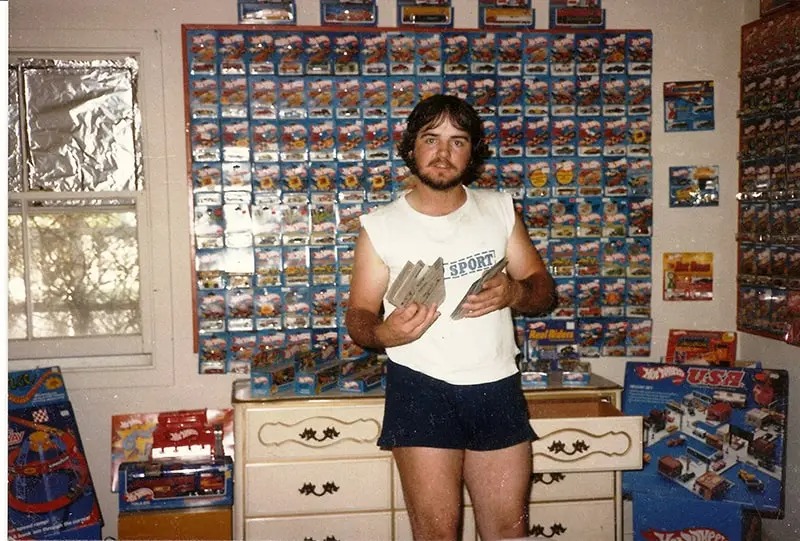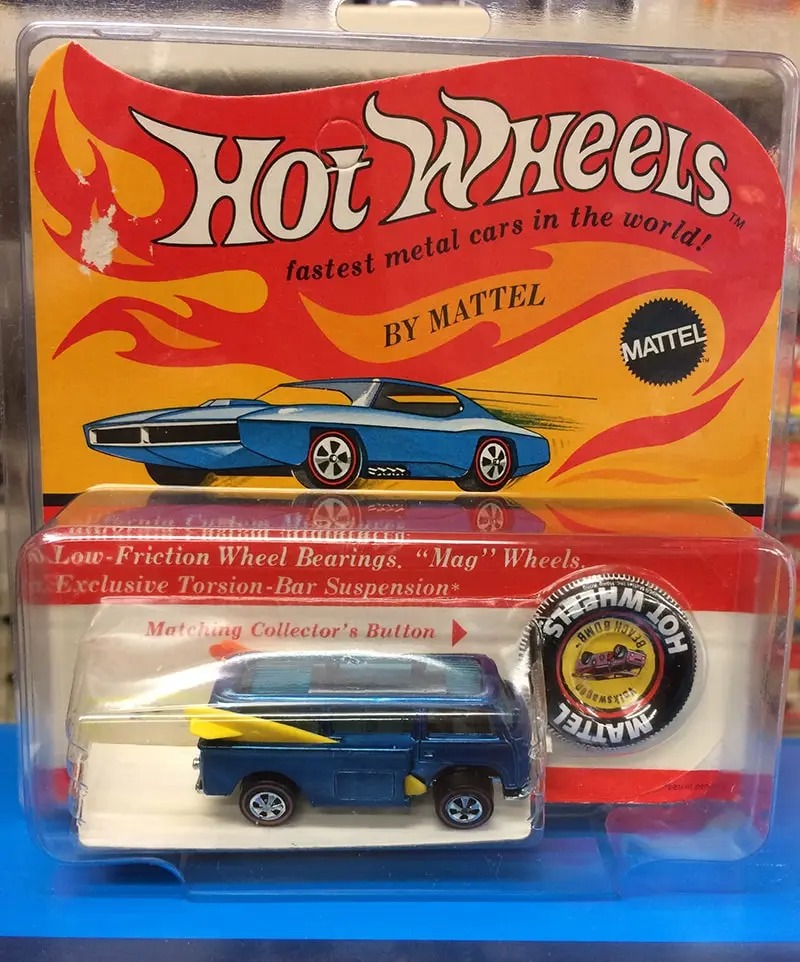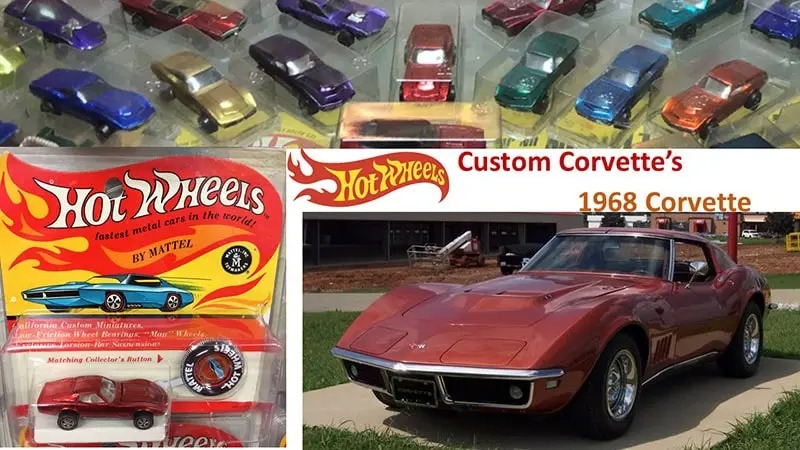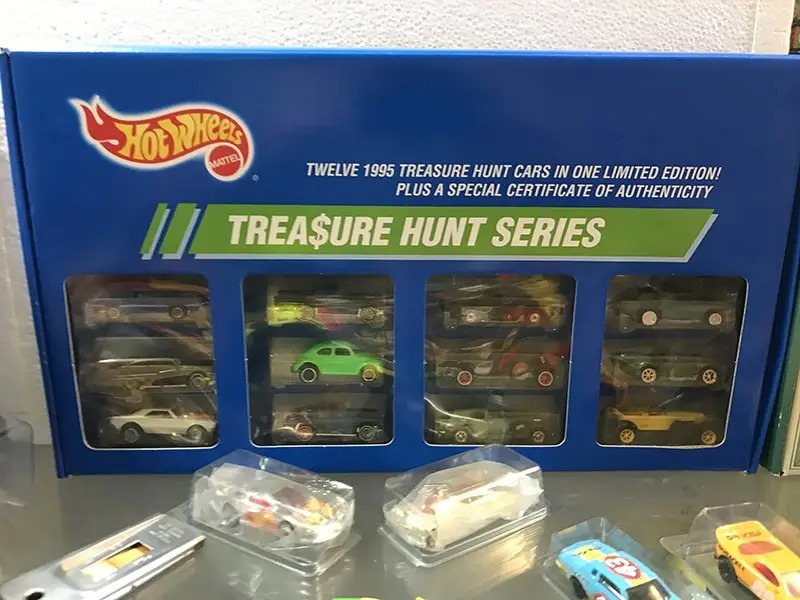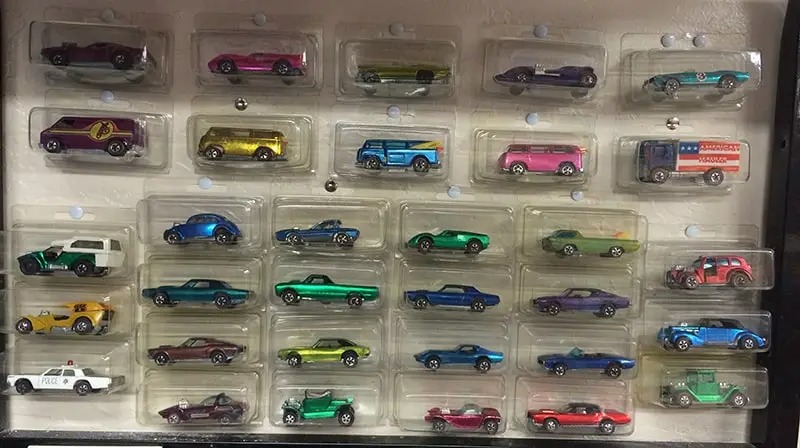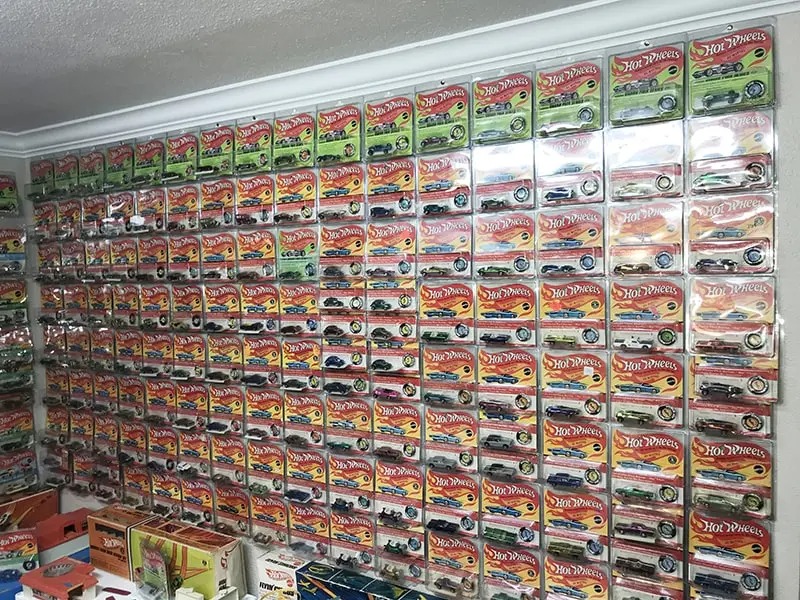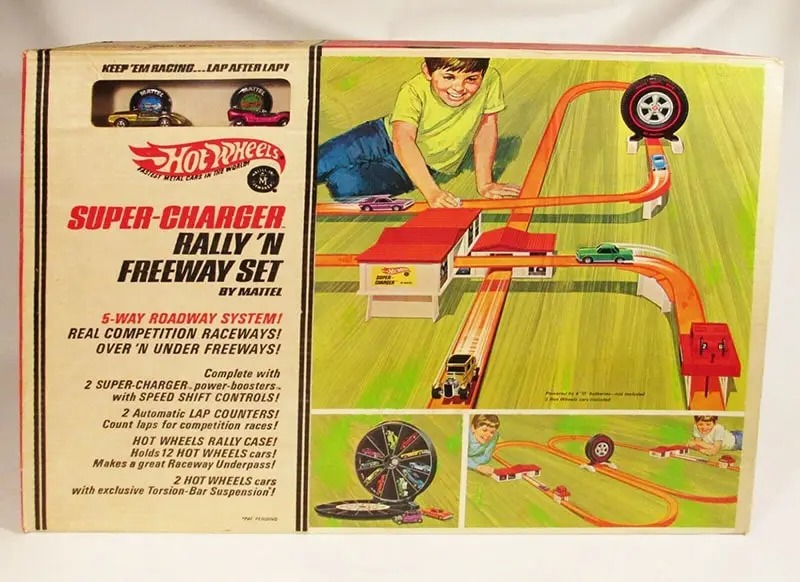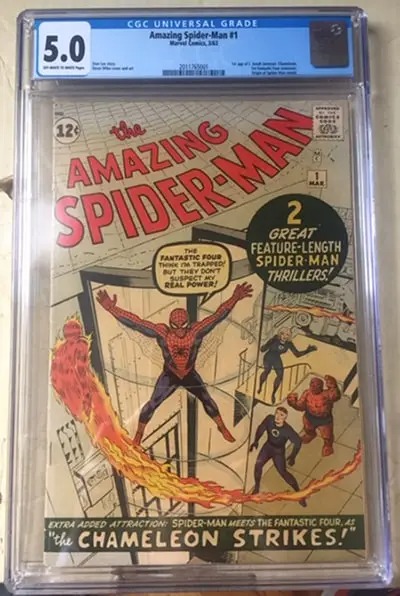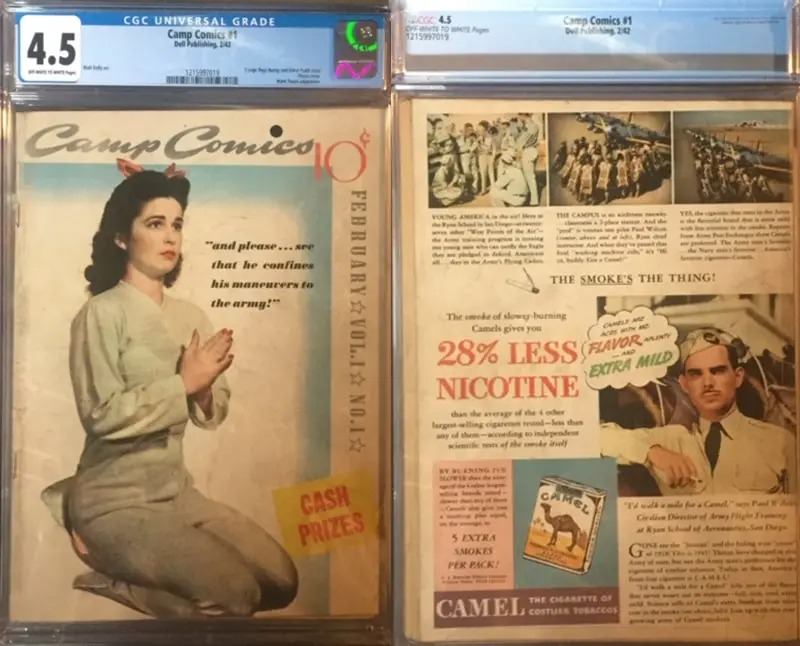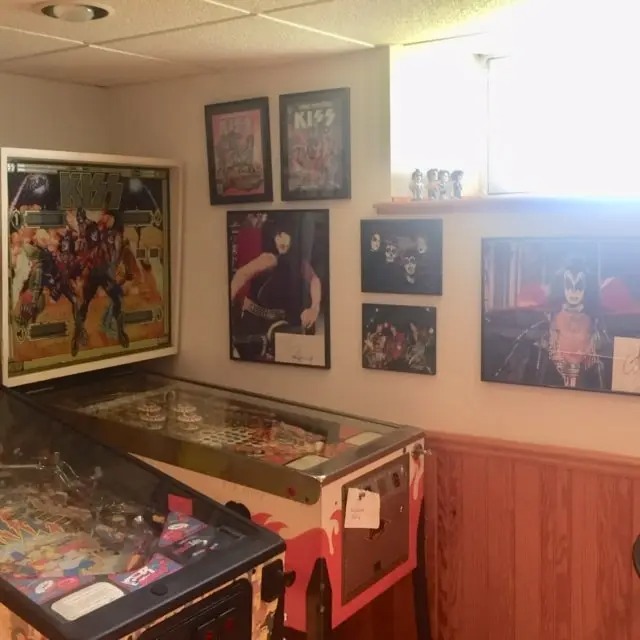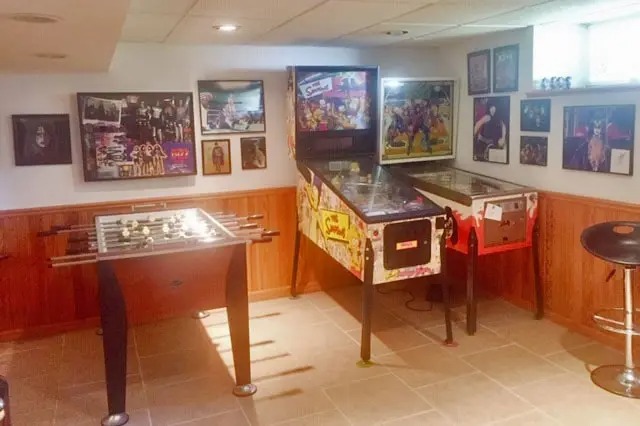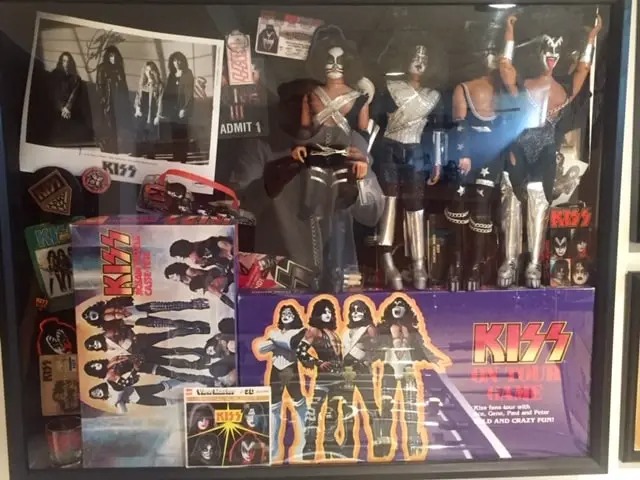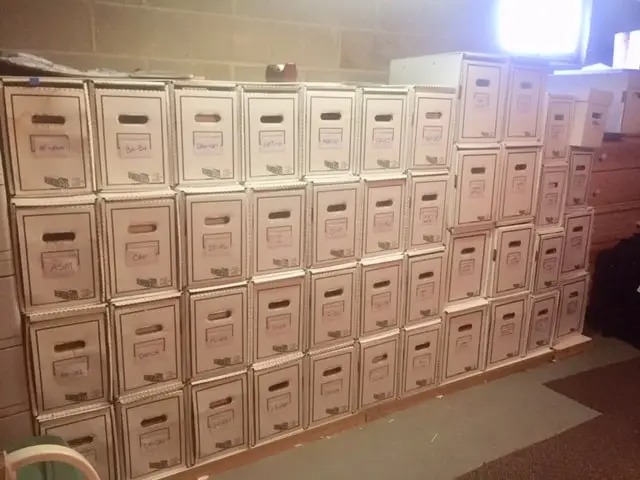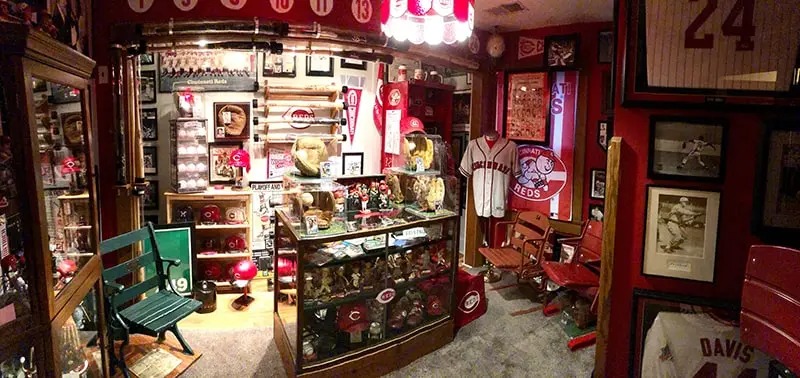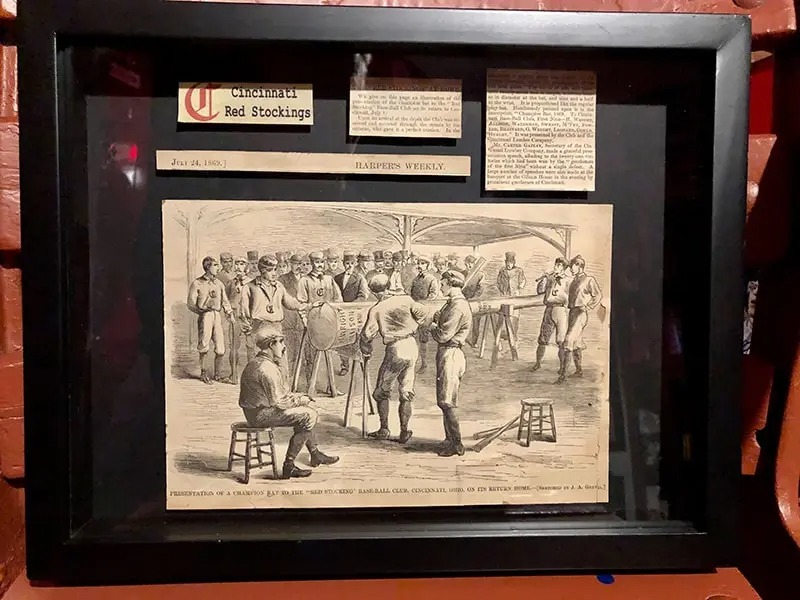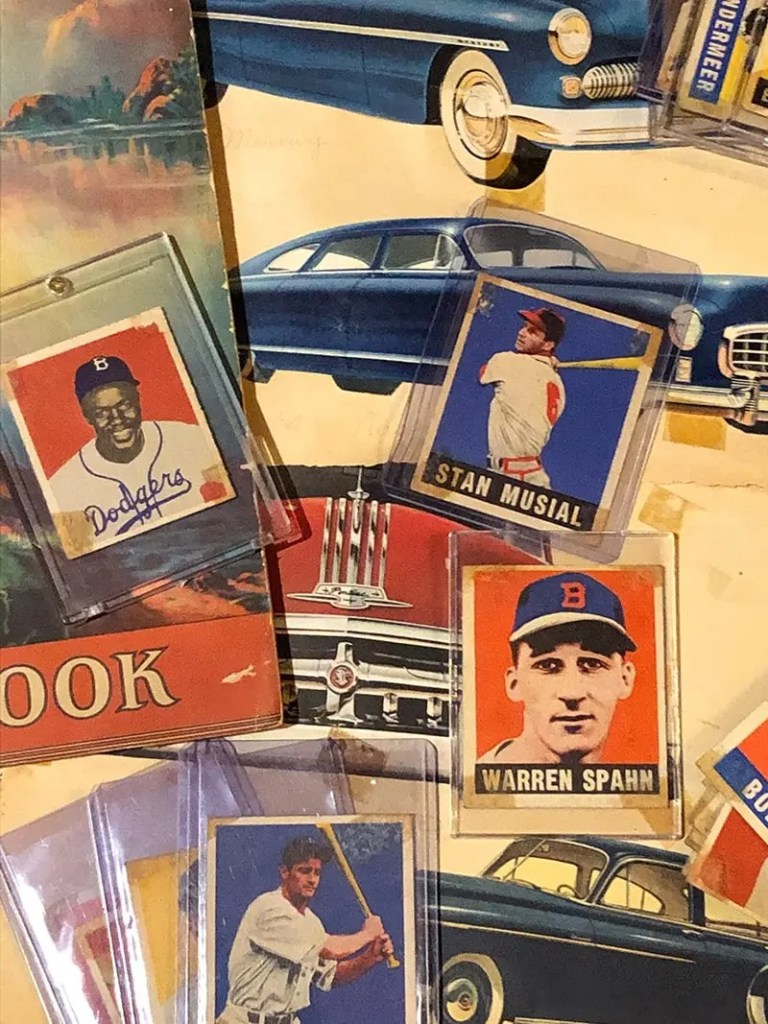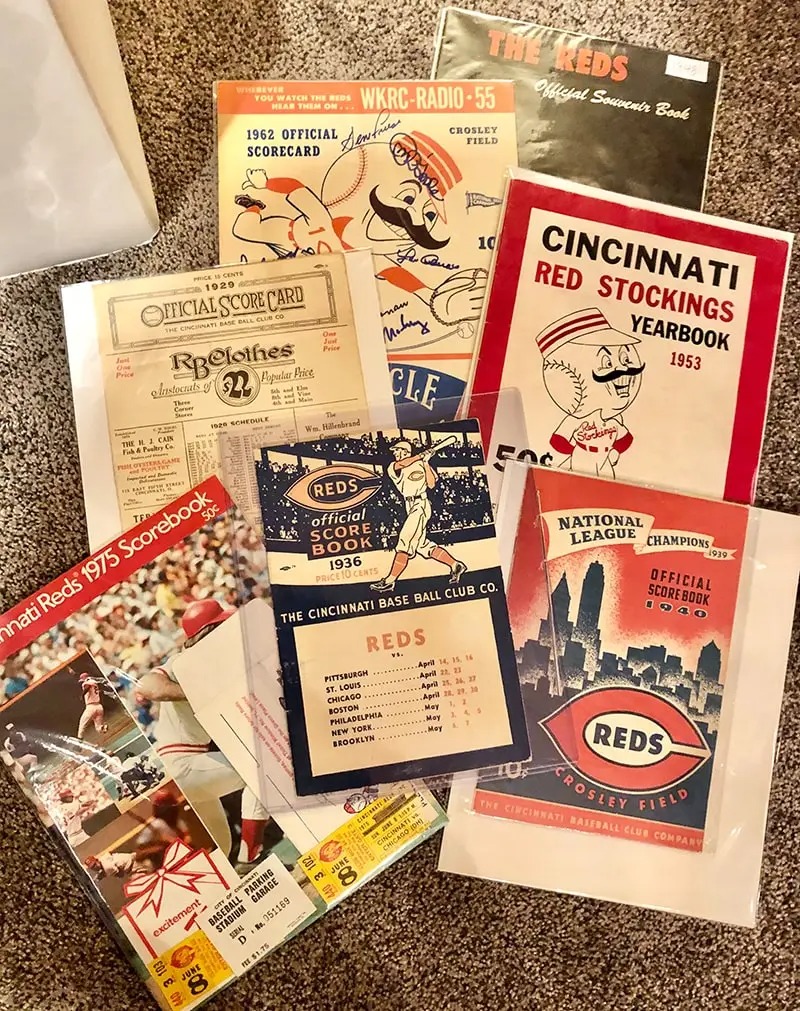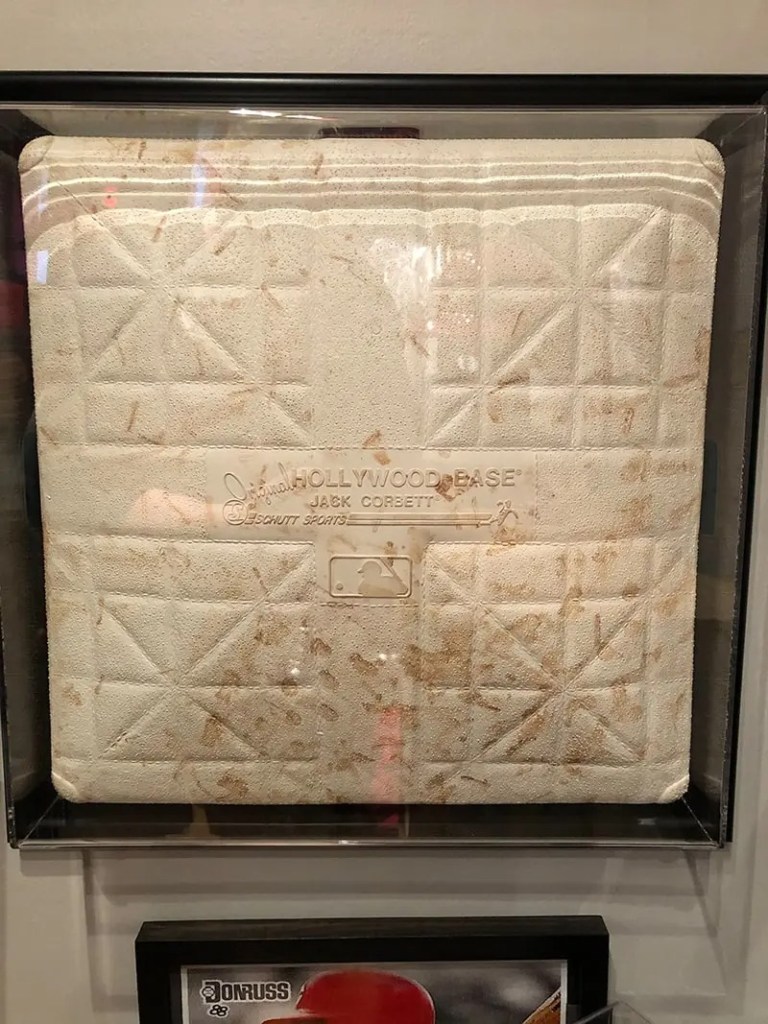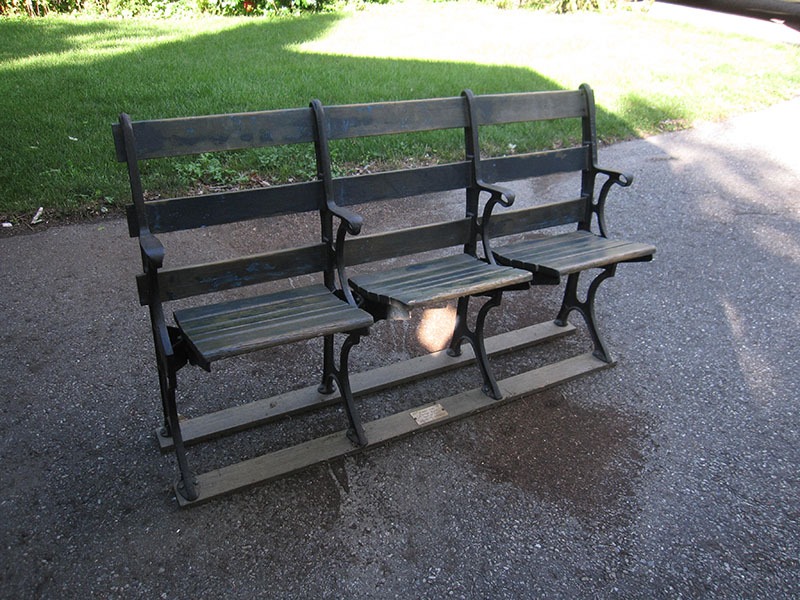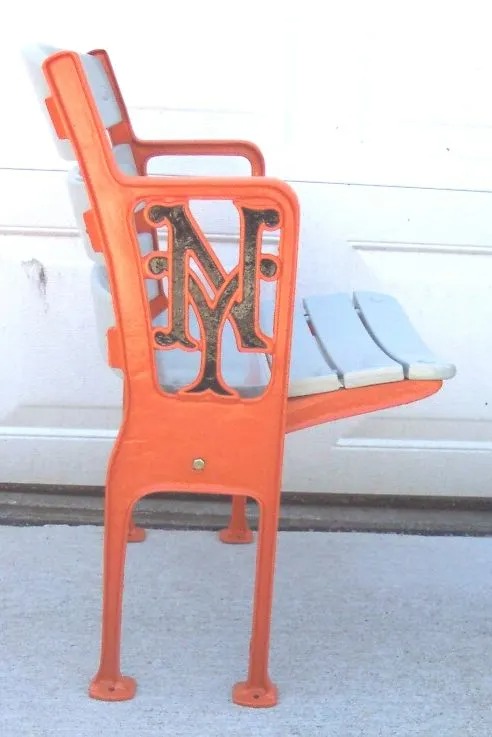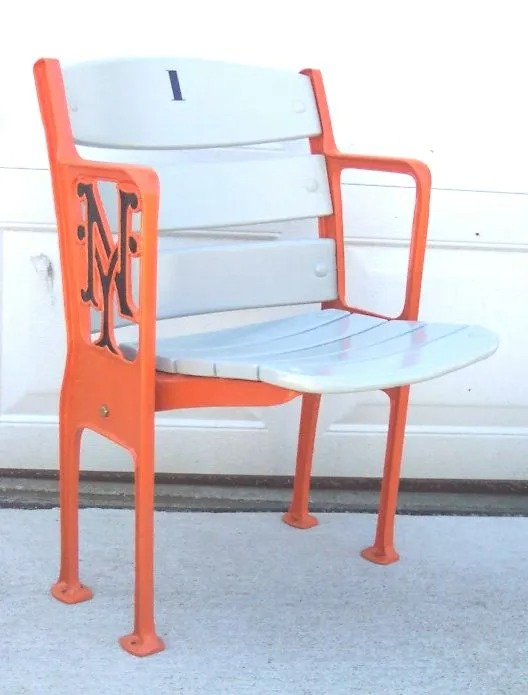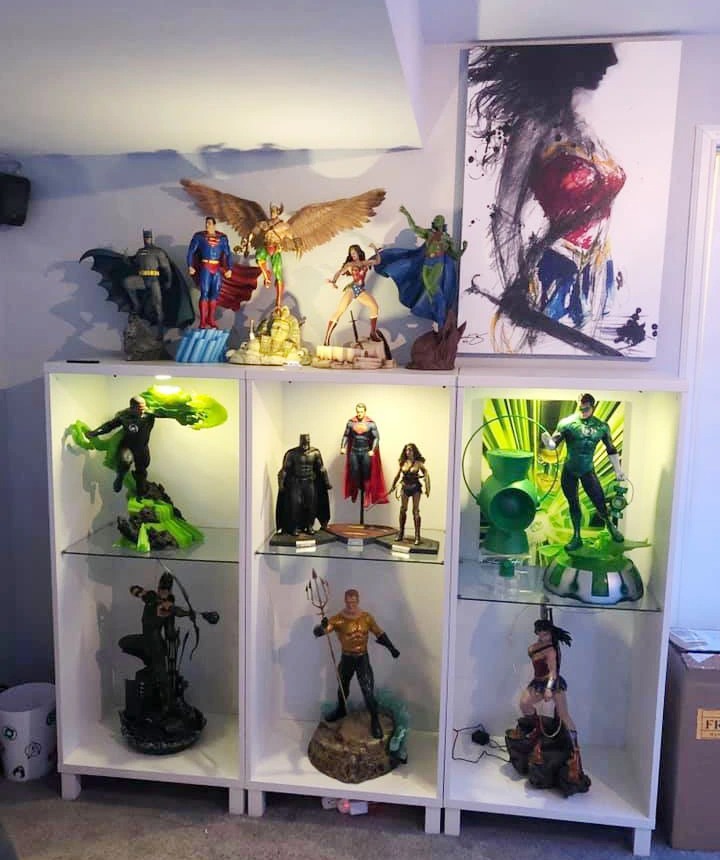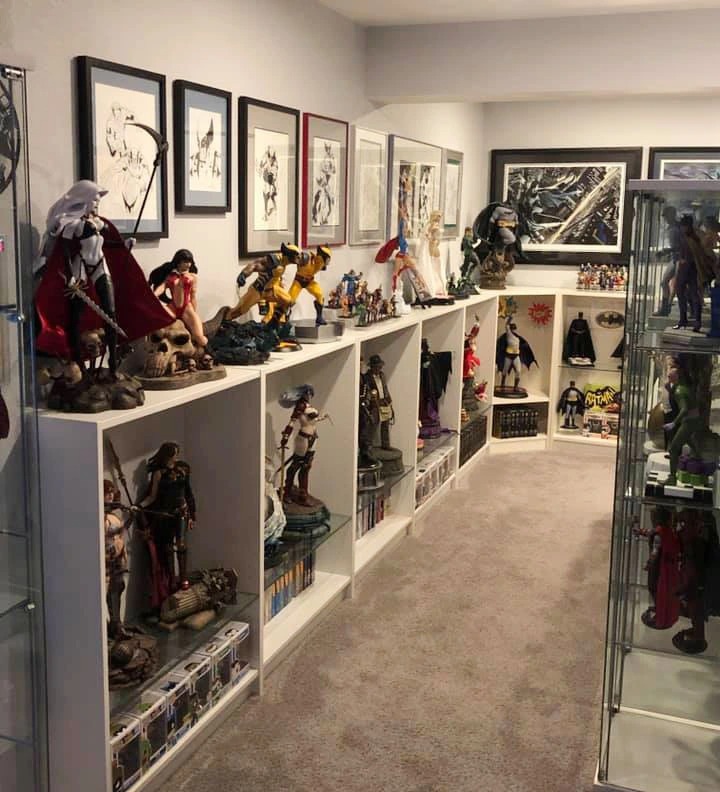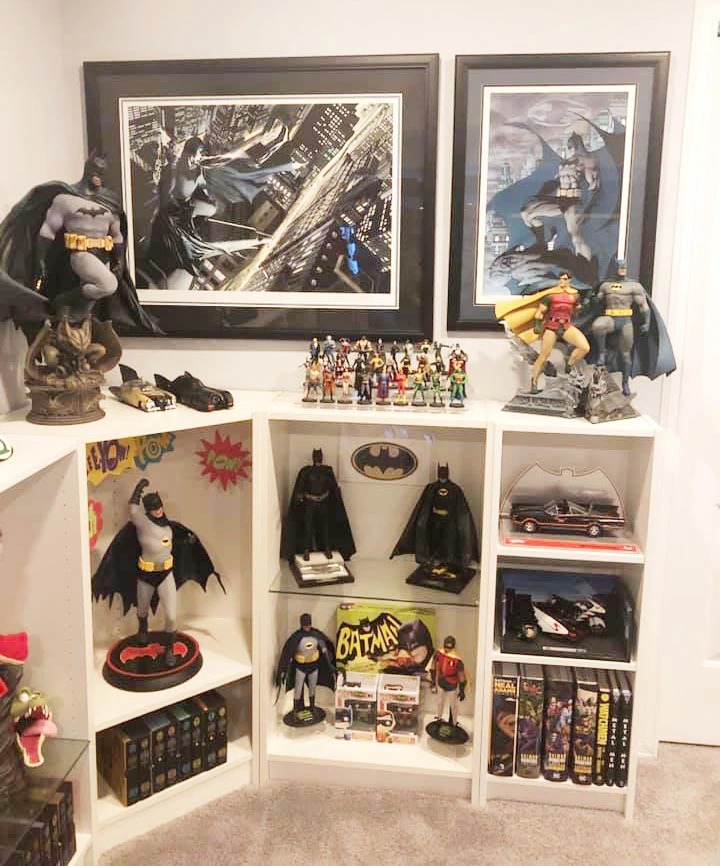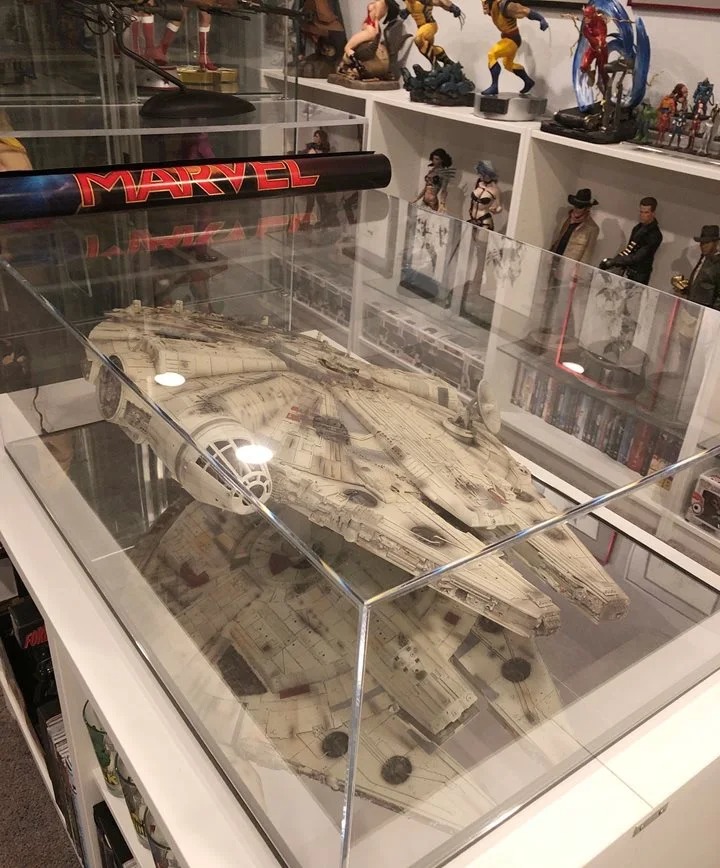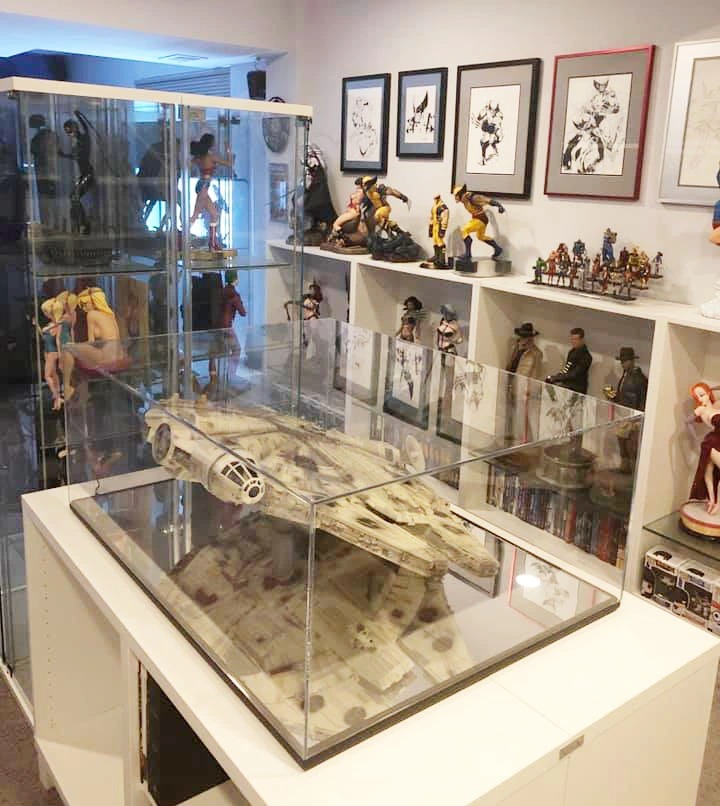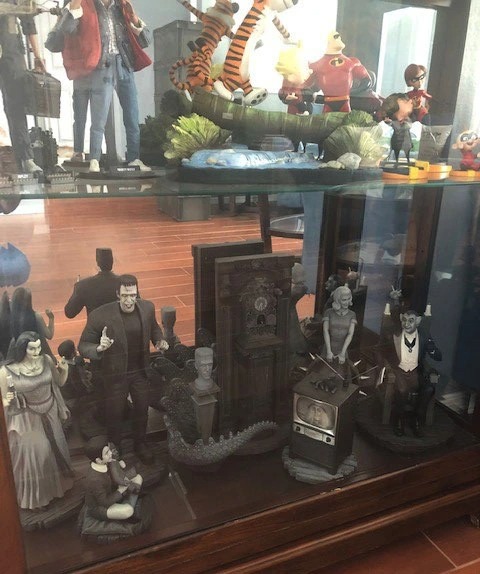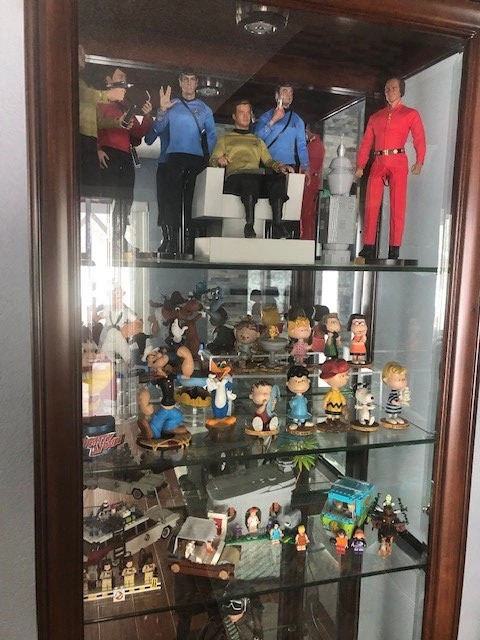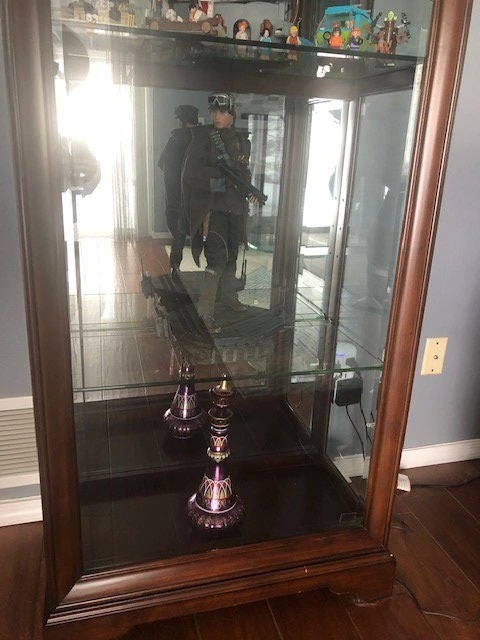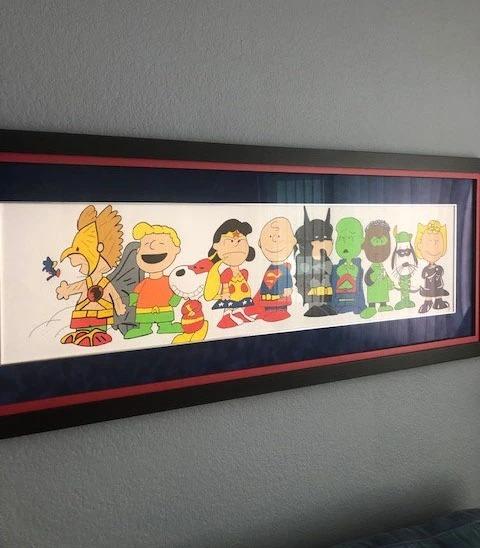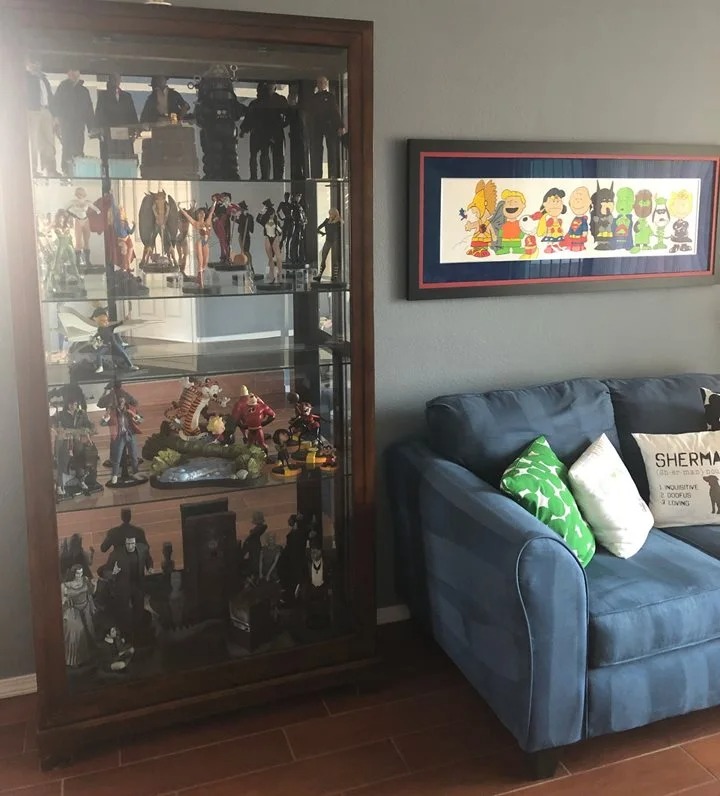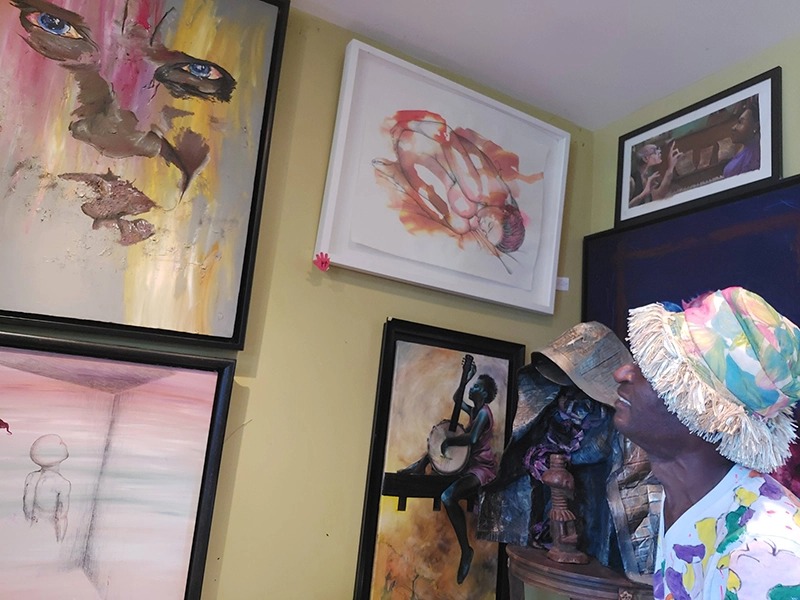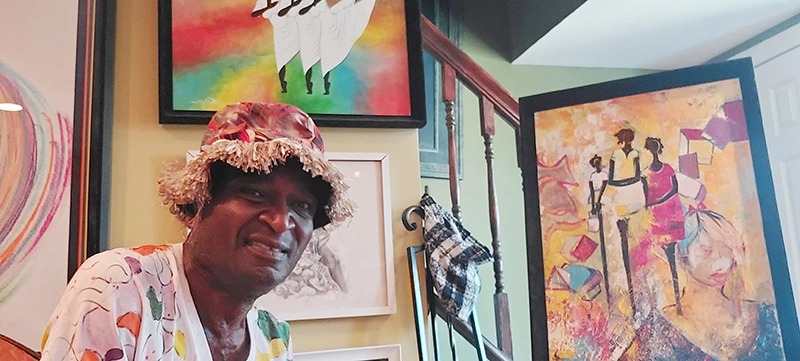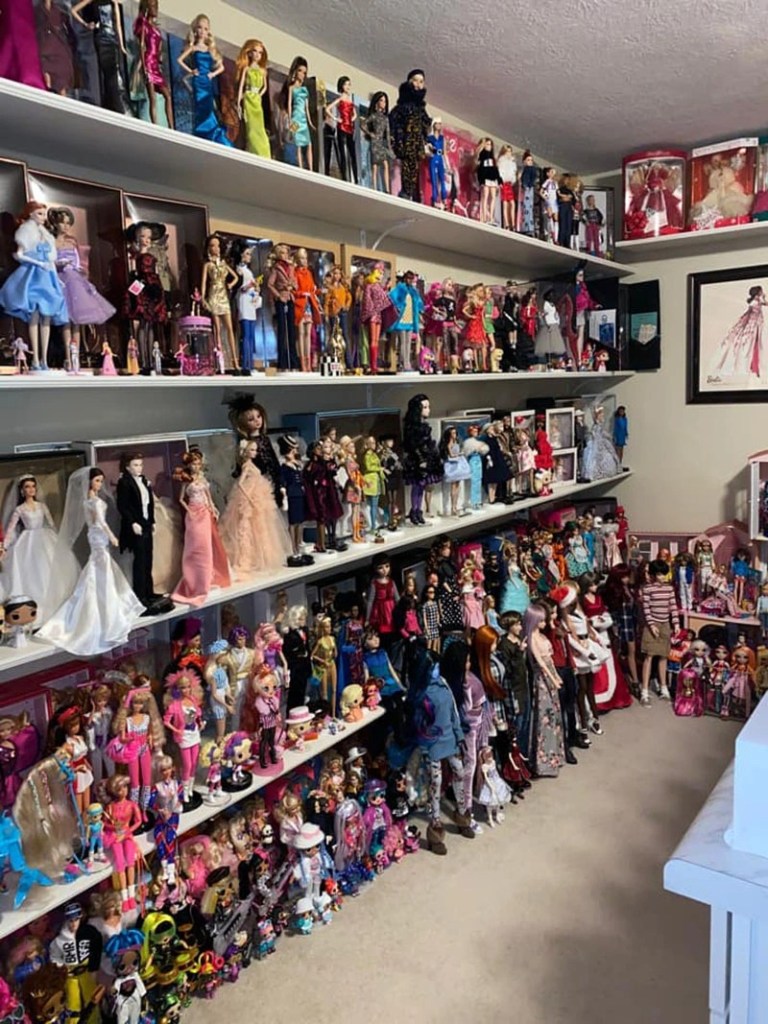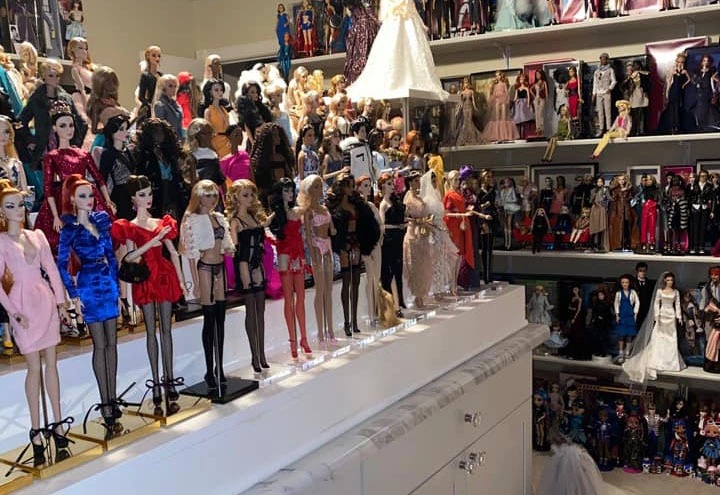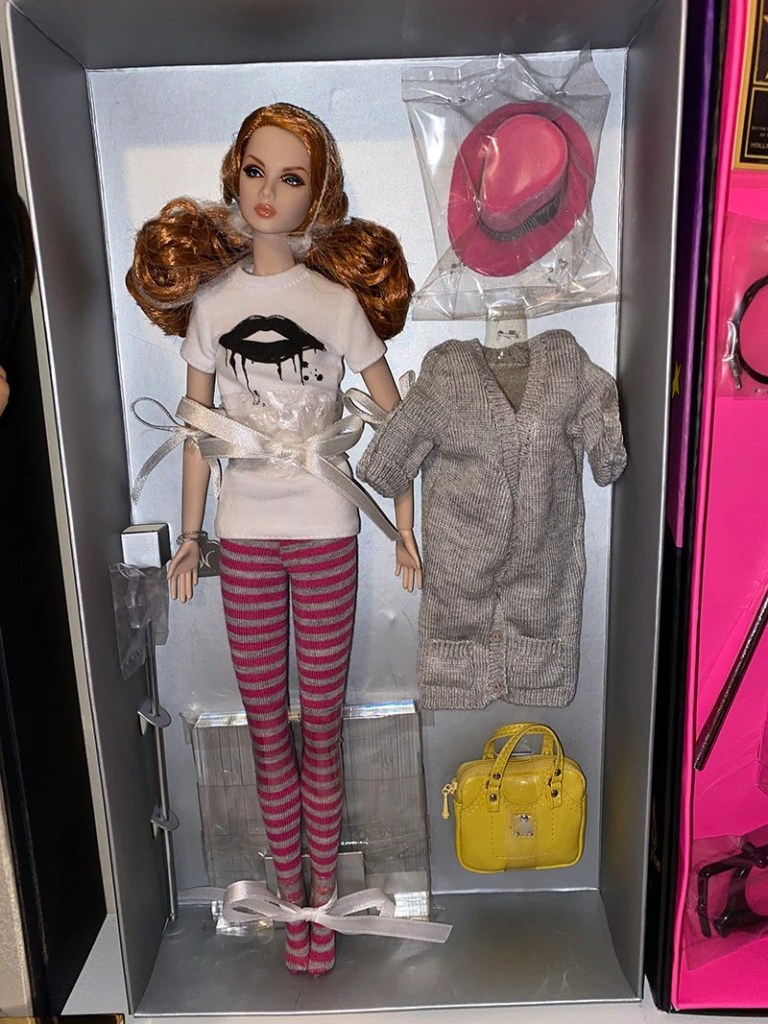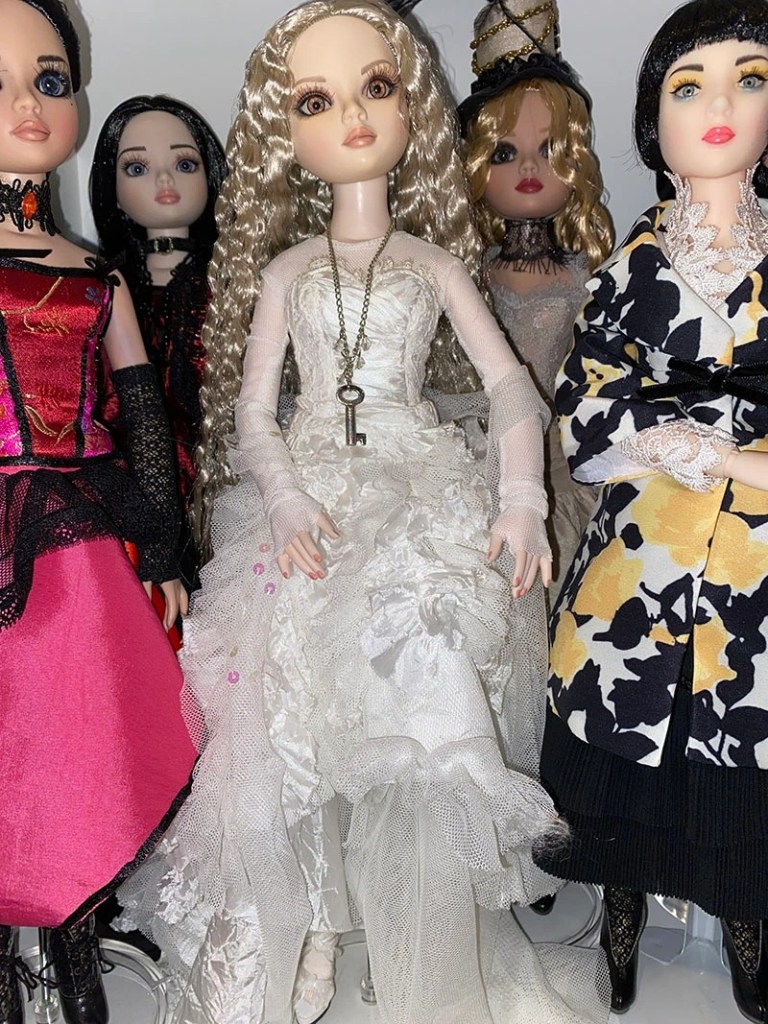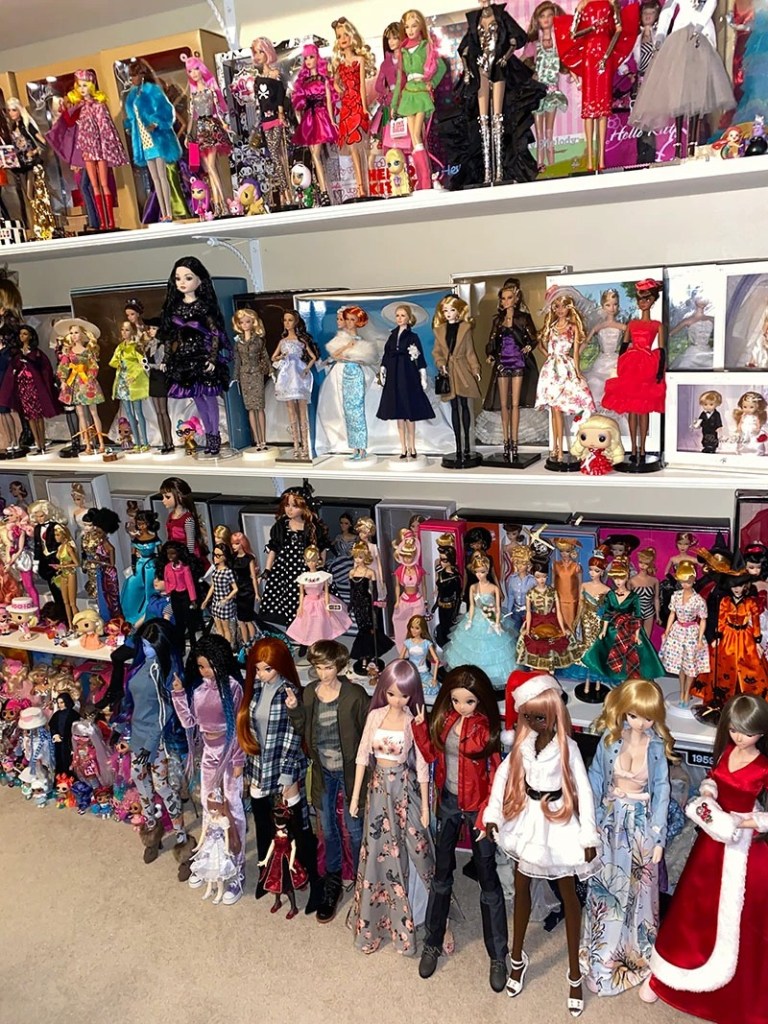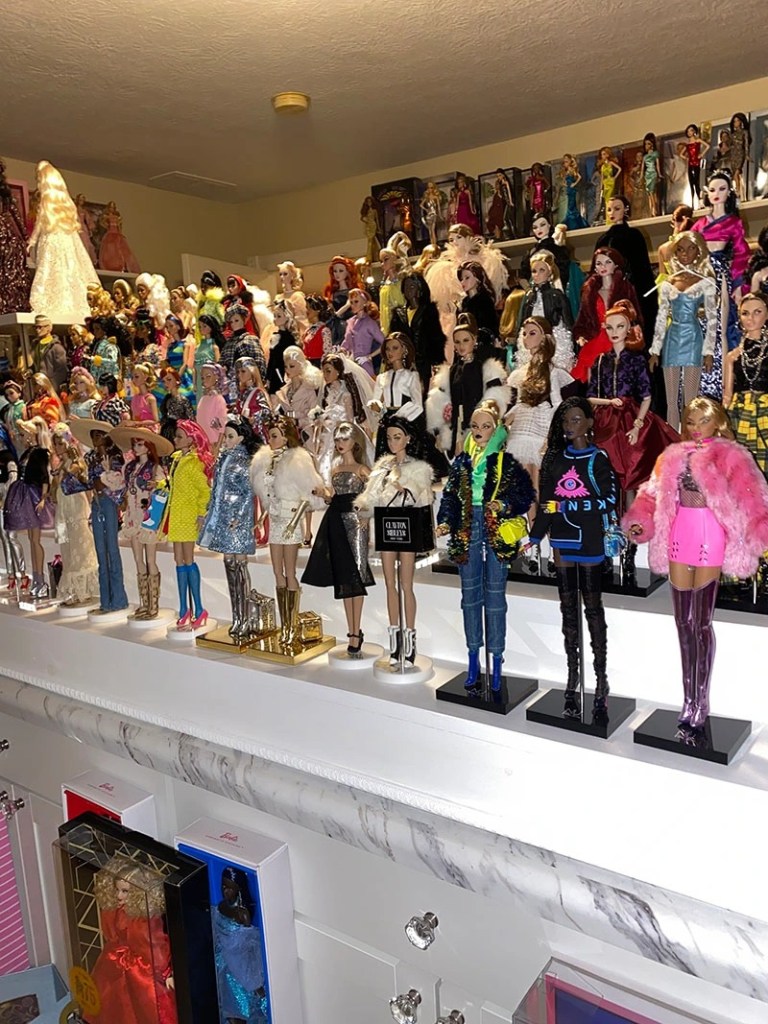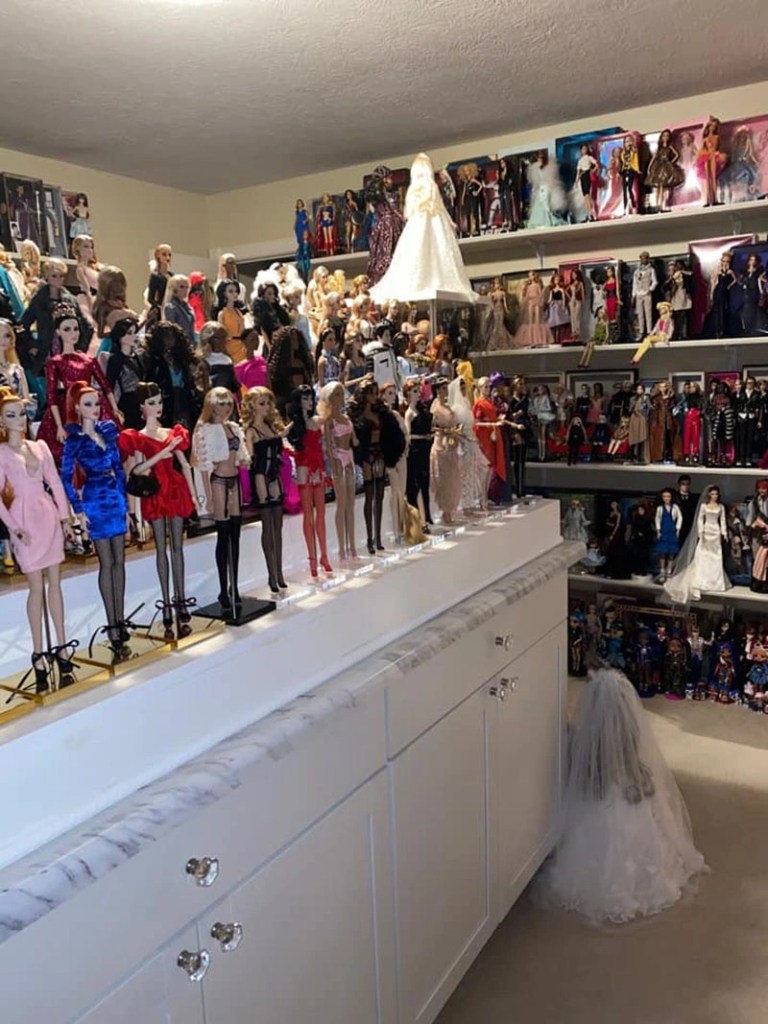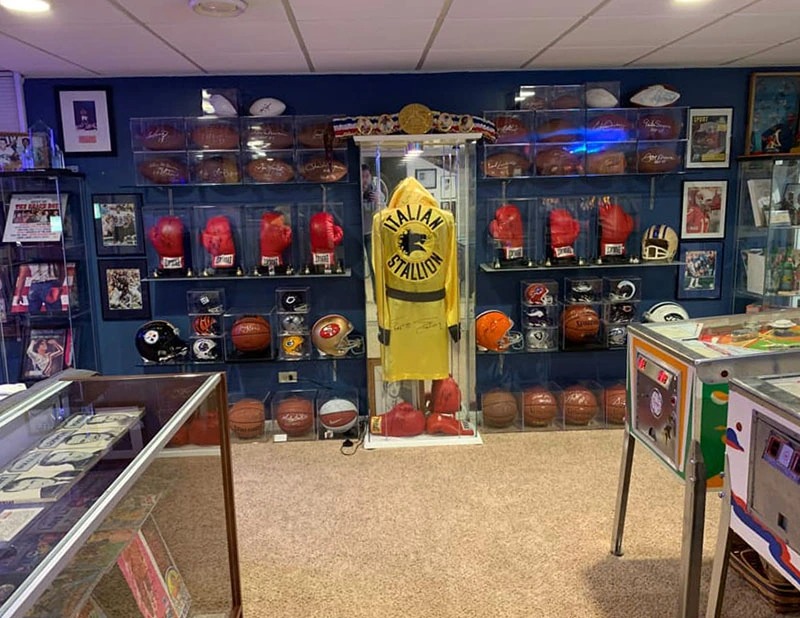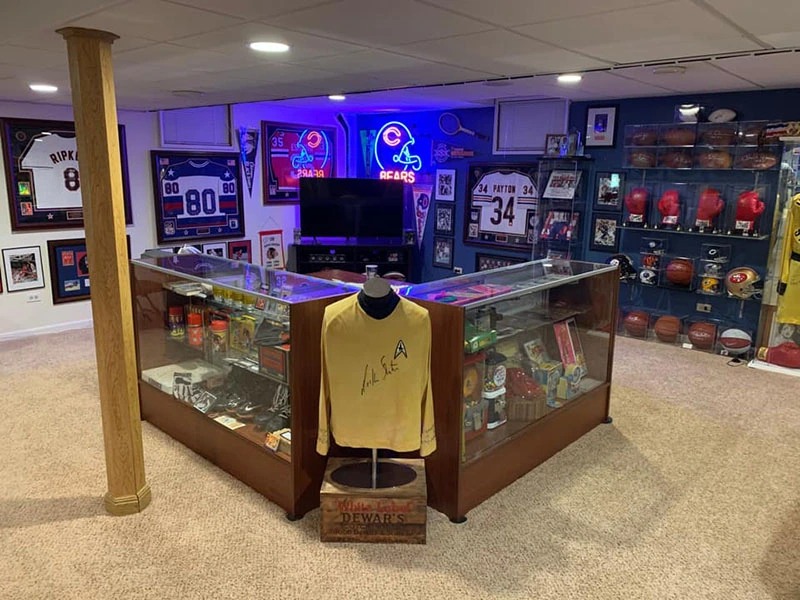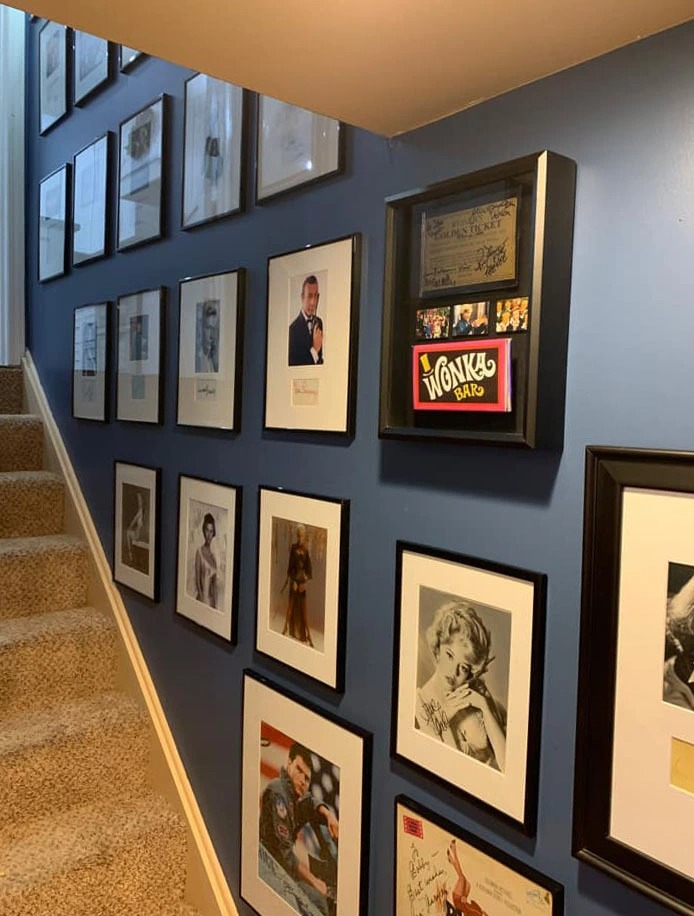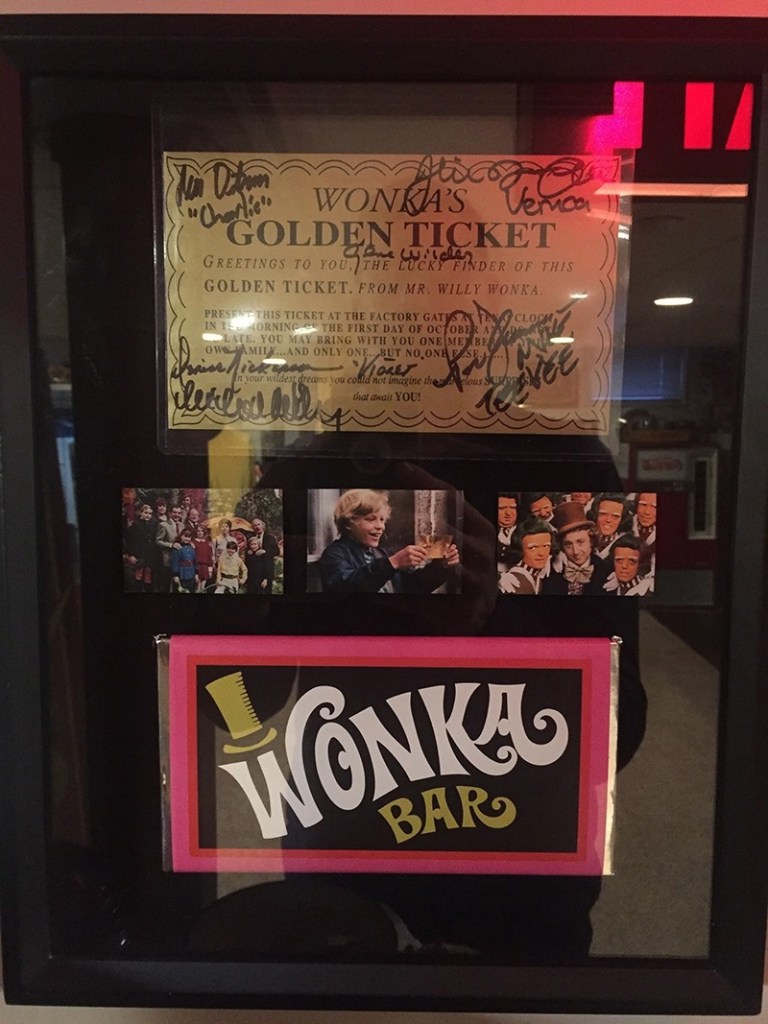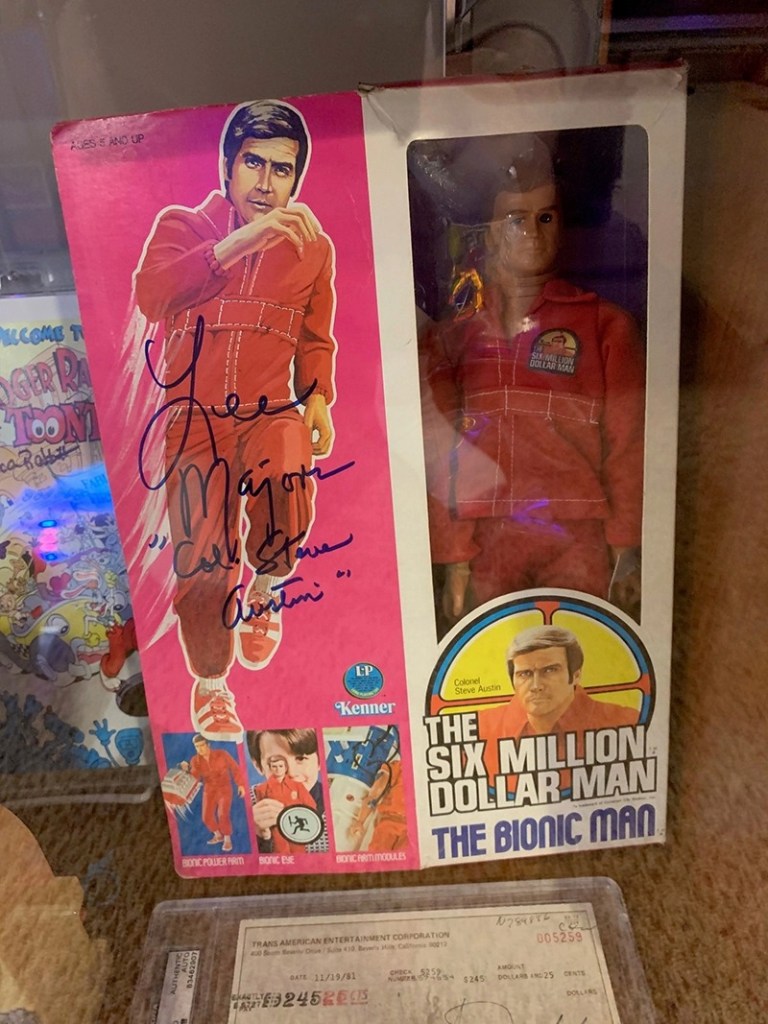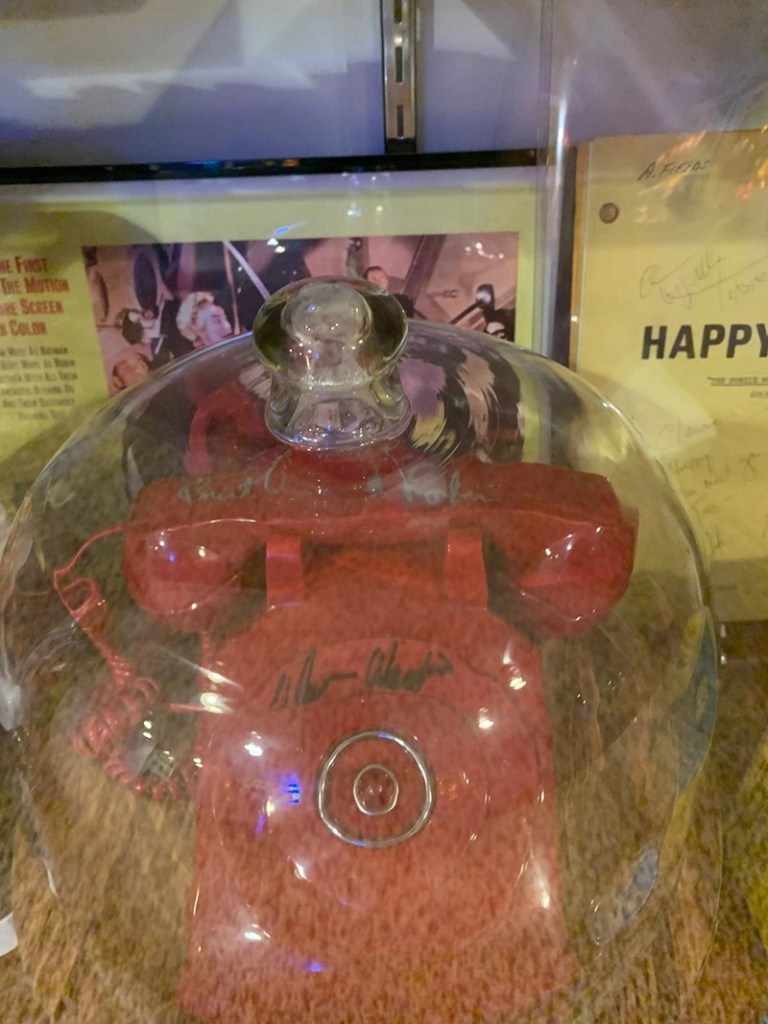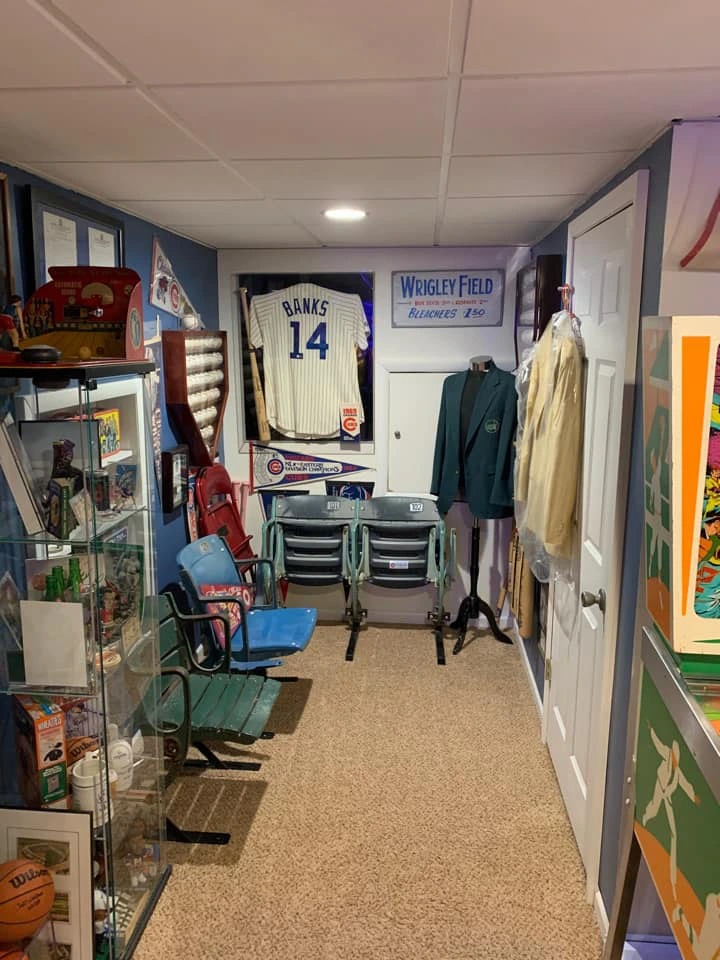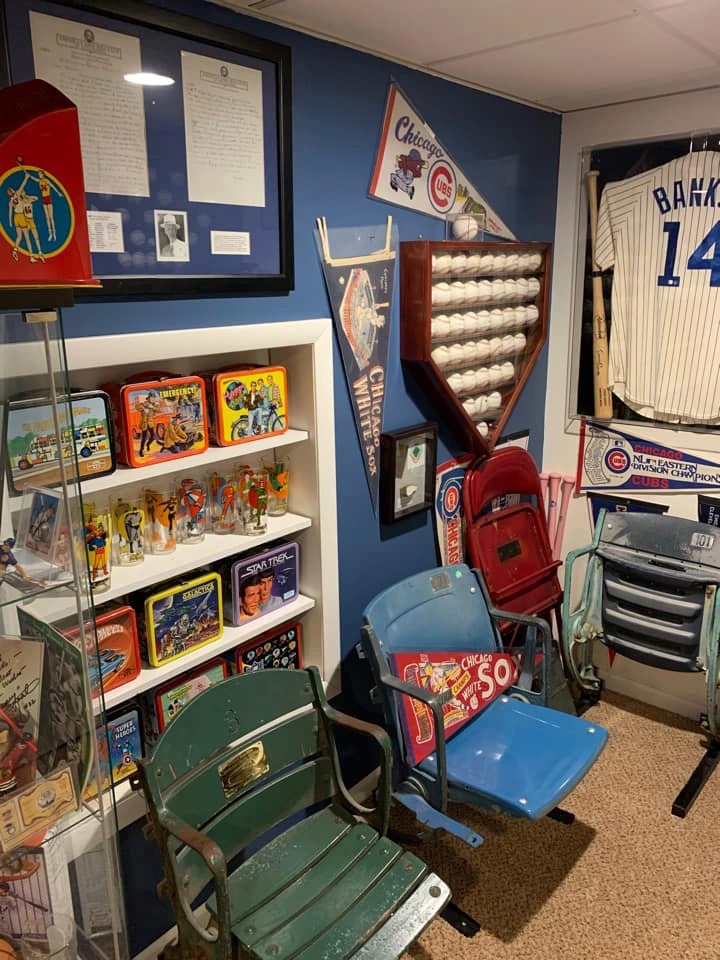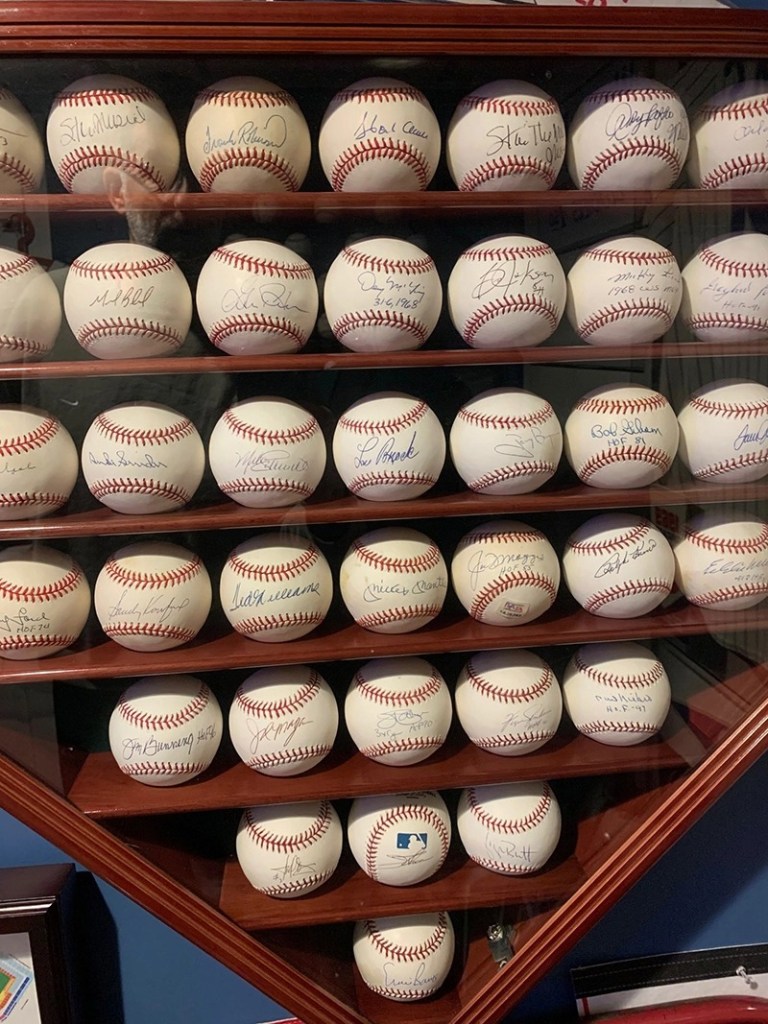Jerry Thompson first played with the original Hot Wheels cars from 1968 when he was just six years old. In seventh grade, Jerry would take his paper route money and head to the local Sears store during his lunch time to see what new Hot Wheels cars were available. “Hot Wheels Flying Colors were the hot cars at the time!” he shares. “I could hardly wait to go to lunch and go see what was new.” He took great care of his Hot Wheels and still has this original collection in his 48-car collectors’ case from the mid-1970s, but it wasn’t until the next decade that he began to consider himself a collector.
As he got older, he started buying lots of Hot Wheels cars, typically purchasing two of each: one to open and one to keep in the package and hang on the wall. He wasn’t focused on anything in particular. “I may have walked into Kmart in the 80s and bought between 20 and 30 cars per visit. It became an obsession pretty quick!” He can also recall a family trip to Disneyland in the 90s – prior to the era of GPS maps – when he looked for every Walmart in every city between southeastern Arizona and Disneyland so that he could buy Hot Wheels. “I was actually looking for Aquafresh toothpaste with the different Hot Wheels cars included.”
Today, Jerry’s collection is comprised of 90-95% Hot Wheels cars, ranging from the original 1968 cars to thousands of cars through 2000, as well as lots of sets and variations from today. He also has around 500 Johnny Lightning cars from the mid 90s and a couple hundred vintage Matchbox cars, which were part of a Hot Wheels Collection he purchased about seven years ago. Johnny Lightning was a brand of model cars that was around for a few years in the early 70s and then returned in the mid-90s. “They are a bit expensive,” Jerry explains. “[They went for] $250 a car, and on a ten-car set, that turns into a lot of money – especially when purchasing the whole case.” For a comparison, Hot Wheels cars have always sold for about $1. Jerry also owns a full-size 1980 Datsun 280ZX 10th Anniversary Edition, and when he found out that Johnny Lightning came out with an exact replica, he had to have it. He has four total, in both color variations.
Jerry has the original “Sweet Sixteen” Hot Wheels cars that came out in 1968, as well as dupes of many of them. This includes multiple Custom Volkswagens, Custom Corvettes, Custom Eldorados, Custom Mustangs, and Custom Camaros. The Custom Camaro is one of his favorite items from the collection. “I owned a ’68 Camaro convertible 20 years ago, so it’s always been one of my favorites.”
Another interesting item from the Sweet Sixteen is the Custom Corvette, which Jerry has more of than any of the other original cars. In the mid-1960s, a designer from GM went to work for Mattel and became one of the original designers of Hot Wheels. He had obtained the blueprints of the 1968 Corvette, and used them to design the Custom Corvette for the Sweet Sixteen. “This Custom Corvette was on the racks in stores before the actual car was on the showroom floor,” Jerry explains. “Although there was some controversy, GM discovered this little car actually helped their sales!”
The Sweet Sixteen set is a wow item for many collectors. “I have a complete first edition set of Hot Wheels in the package and a second complete set of loose ones with the medal badges on display,” Jerry shares. He also has a more recent limited-edition reproduction of this set, the 2018 RLC Sweet 16 Reproduction Display, which is one of only 1,500 sets produced.
Another stand-out item is his pink Lola GT 70 from 1969. “A few collectors have wanted to trade me for it! It’s extremely rare. I purchased it with other items for about $150. It was a deal – this car alone is worth close to $4,000 or 5,000.” His first edition Custom Mustang with an open hood is a rare item as well. Jerry also really likes the Rolls Royce Silver Shadow and the Custom Continental Mark III. He has several of these in the original package.
Hot Wheels collecting has changed a lot in the last 25 years. Today, Hot Wheels are very collector-oriented, and the collectible market is skyrocketing, with early edition Hot Wheels Redlines being the most sought-after cars. This term refers to cars that were manufactured in the first eight years of production, which can be identified by the red stripe on their tires. “To a collector, the Redline is the holy grail when you’re looking for cars.” The difference in value between two of the same cars in the package, one with Redline and one with black wall tires, could be hundreds of dollars. Another tidbit for collectors to keep in mind is that restored cars are generally worth less than original cars. Even if the car is a little less than perfect, it will hold its value more “as-is” than if it is restored.
About 60% of Jerry’s collection is on display in his Hot Wheels room. Everything is organized, flowing from the 60s, to the 70s, to the 80s, and into the 90s. “I need a bigger room!” says Jerry. “Before my now-wife moved in a couple years ago, my dining room wall was covered in Hot Wheels, [and so was my bedroom]. Now I have limited myself to the one room, as well as some shelves in my offices at home and at work.” He appreciates the “wow factor” that comes with being able to show off his collection. Many people don’t have room to put their collections on display, and they enjoy seeing what Jerry has done.
Jerry is also great at keeping a record of his collection. “For the last 25 years, I have kept a Quicken account of exactly how much I bought, when I bought it, and what it was. I have put a lot of money [into this collection].” This has been a worthwhile investment for him, and it’s special because it brings back a lot of memories. “I think of different cars I bought and when I bought them over the past 40 years. Other things have come and gone, but these Hot Wheels cars have been a huge part of my life.”
